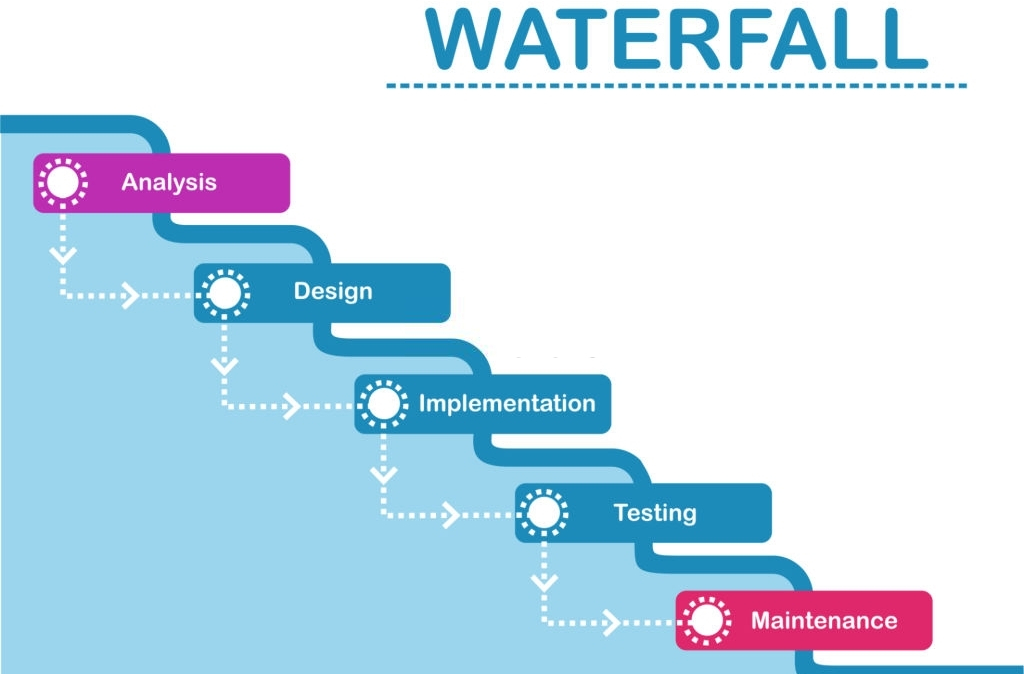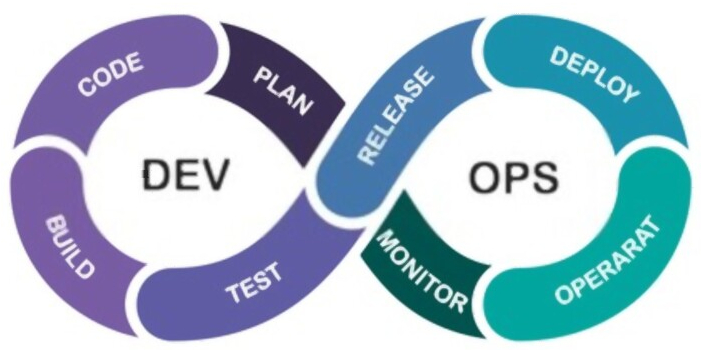The system development life cycle (SDLC) is the industry-standard approach to managing phases of an engineering project. As we discussed in our previous blog, SDLC methodologies provide a systematic framework for designing, developing, and delivering software applications from start to finish. SDLC comprises a series of steps that create a foundation for the software development process.
Having a defined structure for developing software is fundamental. That’s why there are several software development methodologies available to choose from. It is critical for software engineers to select the correct SDLC model that meets the project’s specific requirements and concerns to drive success. In this post, we will discuss the six most popular SDLC methodologies and the unique advantage each of them offers.
On a basic level, SDLC methodologies are like a checklist of the different stages that occur during the development and successful delivery of a software application. All the different SDLC methodologies have been built on a common ground: the six primary phases of SDLC: Planning, analysis, design, building, testing, deploying, and maintenance. With that in mind, we will now explore the process flow through the phases in the six most popular SDLC methodologies.
 WaterFall: In this methodology, the process moves in a cascade mode through all development stages, with each stage having concrete deliverables. Water Fall methodology requires strict documentation, and each stage cannot begin before the previous one has been completed fully. Because of this, it makes it impossible to try the software until the last development stage is finished. That increases the project risk and can lead to unpredictable project results that are costly to fix. This methodology works well for a small or mid-sized project that uses well-known technology tools. Water Fall methodology is popularly used in healthcare projects due to the strict requirement for adherence to multiple rules & regulations.
WaterFall: In this methodology, the process moves in a cascade mode through all development stages, with each stage having concrete deliverables. Water Fall methodology requires strict documentation, and each stage cannot begin before the previous one has been completed fully. Because of this, it makes it impossible to try the software until the last development stage is finished. That increases the project risk and can lead to unpredictable project results that are costly to fix. This methodology works well for a small or mid-sized project that uses well-known technology tools. Water Fall methodology is popularly used in healthcare projects due to the strict requirement for adherence to multiple rules & regulations.
 Agile: Agility stands for ‘the ability to move swiftly with ease’ and is precisely the purpose of an agile SDLC approach. Unlike other SDLC approaches, the agile approach prioritizes shorter planning phases, staged/phased delivery to the client, and constant customer interaction.
Agile: Agility stands for ‘the ability to move swiftly with ease’ and is precisely the purpose of an agile SDLC approach. Unlike other SDLC approaches, the agile approach prioritizes shorter planning phases, staged/phased delivery to the client, and constant customer interaction.
This approach breaks the development cycle into short-term deliveries called ‘Sprints.’ Each sprint focuses on delivering a feature for the final product. Each sprint has asigned developers and after completing and testing the feature during the sprint, it is delivered to the customer for feedback. Customer feedback allows developers to add any required changes in the next sprint.
The agile method requires continuous communication between the team of developers and the customer. A successful agile model has effective communication channels and efficient collaborative tools to facilitate a smooth flow of information amongst all the stakeholders.
Unlike other SDLC methodologies, the agile model enables team to include new requirements, even late in the development process. This helps in ensuring that a valuable end product is delivered to the customer that meets their expectations. This way the agile process promotes sustainable development of a software in time and cost-effecient manner. Communication is critical in Agile methodology and this approach can fail if the customer does not effectively communicate its needs and feedback.
The flexibility offered by the agile approach is ideal for creative projects and one’s that have uncertain requirements, especially start-ups.
Iterative: The iterative methodology is based on the Water Fall methodology and cycles through it several times in small increments. Instead of stretching the entire project across the SDLC phases, each step is converted into several mini-projects that add value as the product evolves.
The iterative approach has the same goals as the agile model. The main difference between the two is that in Iterative methodology focus on client communication is less, customers are less involved in the process, and the scope of each increment is usually fixed.
Lean: Lean manufacturing practices and principles inspire the Lean model for software development. It is based on seven Lean principles:
- Eliminate waste
- Amplify learning
- Decide as late as possible
- Deliver as fast as possible
- Empower the team
- Build integrity in
- See the whole
The Lean process focuses on working only on what must be worked on at the time, leaving no room for multitasking. Project teams also focus on finding opportunities to reduce waste at every turn throughout the SDLC process, from cutting unnecessary meetings to decreasing documentation.
Spiral: With spiral methodology, teams can utilize several SDLC approaches based on the risk patterns of the assigned software project. It is a mixture of the waterfall and iterative models of development.
The challenge with a spiral model is that the project teams have to know the best time to jump into the next stage.This approach also involves high-risk management. Each iteration begins by predicting and preparing for all possible risks down the road, allowing teams to figure out the best way to prevent or eliminate them early on.
Large projects usually benefit the most from the spiral model. It allows development teams to construct a highly customized product, incorporating user feedback early on in the process. This methodology provides scalability that is of great benefit to projects in which there is uncertainty about requirements and expects a large amount of editing during the project.
 DevOps: The DevOps methodology is the trending SDLC model these days. DevOps emerged from two trends: applying Agile and Lean practices to operations work and the constant shift in business towards building collaboration between development and operations staff at all stages of the SDLC process. DevOps is not just an approach for planning and executing a project but also a philosophy that requires a significant mindset and cultural changes in an organization.
DevOps: The DevOps methodology is the trending SDLC model these days. DevOps emerged from two trends: applying Agile and Lean practices to operations work and the constant shift in business towards building collaboration between development and operations staff at all stages of the SDLC process. DevOps is not just an approach for planning and executing a project but also a philosophy that requires a significant mindset and cultural changes in an organization.
In a DevOps model, Operations and Developer teams work together closely to accelerate innovation and the deployment of high-quality, reliable software products and functionalities. Continuous feedback, and process improvement, along with automation of manual development processes are the key components of the DevOps model. In this approach, updates to products are small but frequent.We will discuss more on DevOps methodology in our next post (LINK)
Choosing the suitable SDLC model for your software development project requires careful thought. Before deploying an SDLC approach for your teams and staff, consider contacting a knowledgeable IT consultant at Siyana Info Solutions for advice. Our highly experienced experts know how different models function best in different industries and corporate environments and are skilled at finding the best fit for any situation. Contact us today for more.
